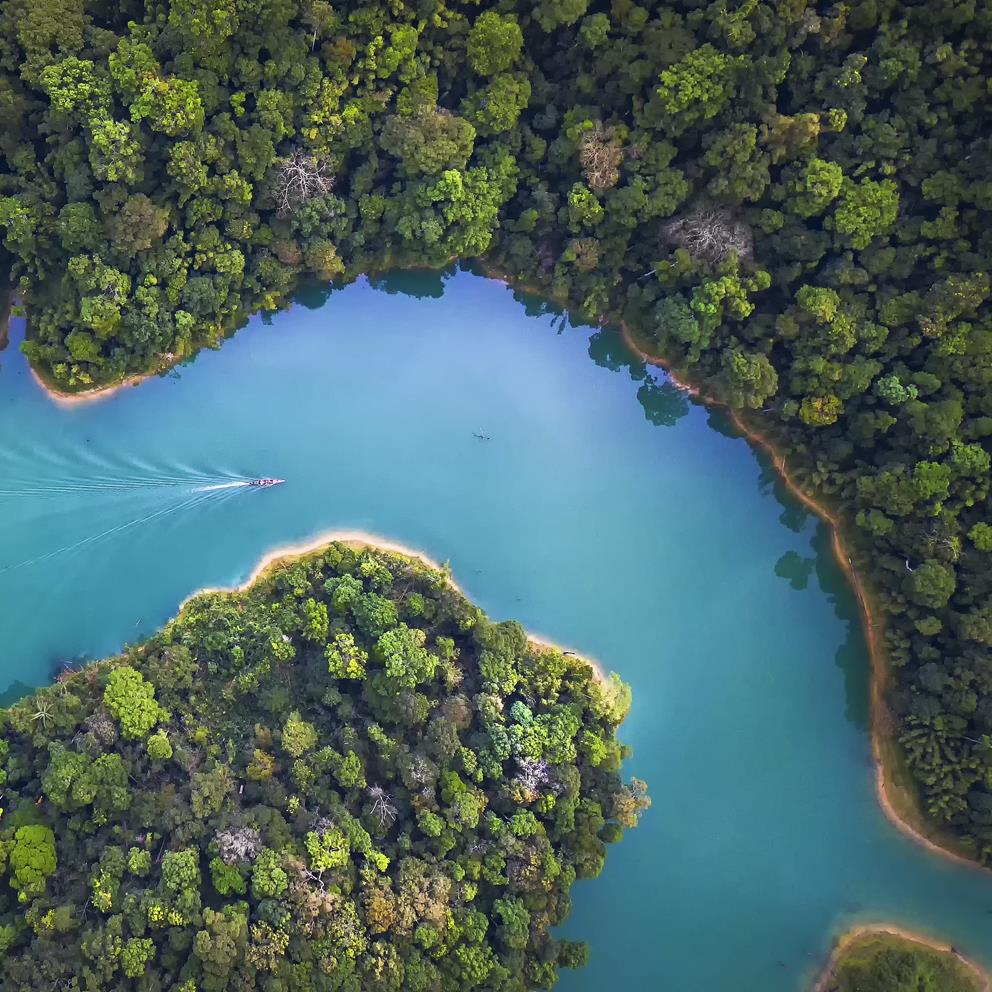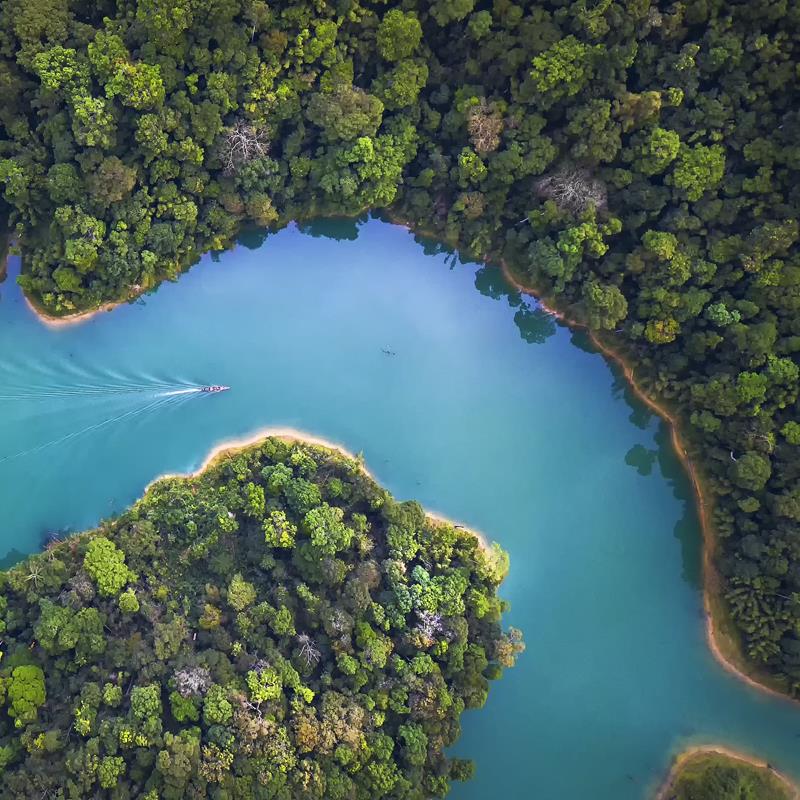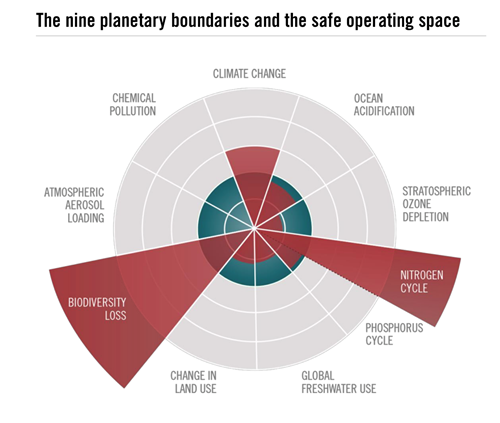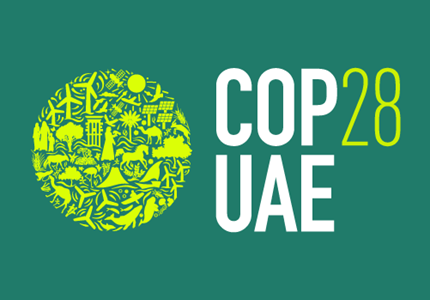

What’s the biggie with biodiversity?
For those of you that attended our annual presentation back in March 2019 you may remember we spoke about a fund called Pictet Global Environmental Opportunities Fund, and the way they use the planetary boundaries in their investment process.

As you can see from the chart, the one area we have already breached from a planetary boundary perspective is biodiversity.
The facts
Biodiversity relates to the variety of life that can be found on Earth and relates to the flora and fauna, fungi and all the micro-organisms that surround us. All of these species exist together and form habitats or ecosystems. I tend to think of it as a spider’s web, where everything is interconnected to maintain the balance and integrity of the structure, and ultimately support life.
What does biodiversity do?
Put simply, biodiversity provides the platform that supplies oxygen, clean air and water, pollination of plants, pest control and wastewater treatment – in fact, everything we need to survive.
Biodiversity plays an integral part in reducing greenhouse gases, which ultimately reduces the impact of climate change and global warming. As an example, trees and plants are part of the ecosystem that keeps the planet alive and are a store of carbon.
Research has also been carried out that indicates a close link between disease outbreaks and the degradation of nature, so keeping it intact would imply better human health.
The bad stuff
As we put increasing pressure on the planet via increasing resource, we risk upsetting the “web” and losing biodiversity. As we change the face of our planet, whether it be on land or sea, for our own ends, this has far reaching implications on the world in which we live.
When we overfish oceans, clear forests, pollute water sources or the air we breath we are impacting our climate and, inadvertently, worsening the climate crisis. It is all these actions that are impacting the biodiversity of our planet, both near and far.
Areas that are rich in biodiversity and natural resources unfortunately have attracted more than just nature lovers. They are full of hardwood trees, coal, rubber, minerals and precious metals, all of which mankind wants to use and take.
All of this pressure exerted by mankind means that the landscape changes very quickly, often at a staggering pace that leaves nature struggling to keep up.
The investment opportunity
We currently face a world where we still want to consume, but due to resource scarcity we have to become smarter in finding solutions to our needs as well as usage. RobecoSam Smart Materials invests in this problem directly, ultimately making more out of less and they achieve this by investing in:
• Better materials that are more efficient and innovative and replace older less resource-friendly ones
• Smart manufacturing that focuses on efficient production and requires less resources and enables improved products
• Circular systems such as recycling or making new products out of old or different products, such as turning plastic bags into shoes
We view this as a long-term investment opportunity as we try to navigate our way through the balance between people and the planet.
The upshot
The one saving grace is that biodiversity tends to be resilient, so all is not lost if we act quickly. With climate change and loss of biodiversity taking up more headline space, we are becoming more cognisant of our impact on the planet, and we are starting to take steps in trying to alleviate the pressure.

